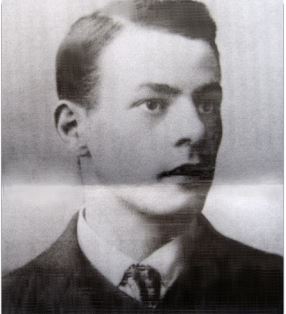10th (Service) Battalion – Gloucestershire Regiment

Reginald James Betteridge was born in the London Borough of Chelsea in 1899. Prior to outbreak of war he was employed as a Correspondence Clerk at the Bowson Colliery, near Cinderford. Soon after the outbreak of war he volunteered for Army service and was posted to the 10th (Service ) Battalion of the Gloucestershire Regiment.
His initial training was at Codford, near Warminster on Salisbury Plain, where the new recruits suffered a wet and miserable existence. The men of the Battalion were relieved when, in November 1914, they transferred to Cheltenham and billets in Lansdown Crescent. However, in the following April it was back to Salisbury Plain. The Battalion joined the BEF in France on 9 August 1915 and was assigned to 1st Brigade, 1st Division, a Regular Army unit, which was holding the line in the Loos sector. Reginald must have adapted well to Army life as he had attained the rank of sergeant by the time his unit went into action.
On 25 September 1915, the opening day of the Battle of Loos, the 10th Glosters was one of two battalions from 1st Brigade chosen to spearhead the attack. Its objective was to overrun the shattered copse known as the Bois Carre and break through the German front line beyond. The Gloucesters advanced into swirling gas, smoke and shell fire. Machine gun fire from the shattered copse caused many casualties. The copse was captured and the German front line entered. Here heavy rifle fire, from the support line trench about 80 yards distant, temporarily halted the attack but eventually this section of the support line was captured. By now only sixty men of the Battalion remained standing.
Reginald Betteridge, aged 25, died in the attack, one of the 459 casualties suffered by the 10th Glosters that day. He was buried on the battlefield. Searches in the 1920s failed to locate or identify his remains and his name was added to those of the Missing of the Battle of Loos, in the
Memorial inside Dud Corner Cemetery.
